Warming up is an important step before starting dance training. It helps to prepare the body for exertion and minimises the risk of injury. This article explores different warm-up exercises, their benefits and some practical advice to ensure that every dancer can approach their training sessions in complete safety.
Whatever type of dance you practise (modern jazz, contemporary, hip hop...), doing warm-up exercises offers many benefits to dancers. By gradually increasing body temperature, muscles become more supple and responsive. This helps prevent injuries such as muscle tears or sprains, which can occur if the body is not properly prepared.
What's more, a good warm-up increases blood circulation, relaxes muscles, improves flexibility and mobilises joints. All of this will considerably improve the dancers' performance. So it's important not to underestimate the importance of warming up.
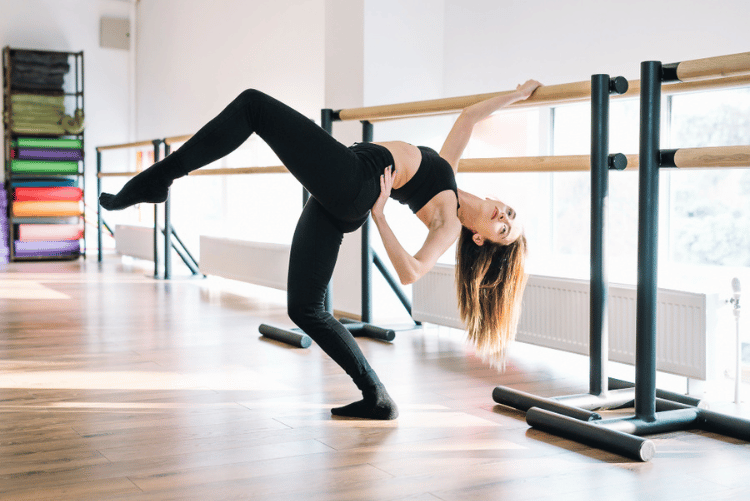
There are two stages to warming up your body before dancing: first, mobilising your joints, then preparing your muscles by working on flexibility and strength with specific exercises.
It's important to start by warming up the joints, particularly those of the hip, pelvis, shoulder and neck, with slow, controlled rotations. Good control of the pelvis, shoulders and shoulder blades is essential for fluid dance movements. We recommend that you start by warming up the lower body, particularly the hips and pelvis, before moving on to the upper body. Also remember to massage your feet to correct your posture and ensure good balance on the floor.
This exercise will stimulate the receptors in the foot by massaging up and down. This will help you correct your posture. The effect can be amplified if you use a ball with pimples. We recommend you perform the exercise for 30 seconds per leg.
Rotate the hips internally and externally, controlling each movement to warm up the joint. Be careful not to go too fast to prepare the hip joint properly. We recommend 5 slow repetitions per leg.
Raise your arm next to your ears, then rotate it externally to lower it, maintaining tension in the arm. Then repeat the movement in the other direction. We recommend 5 slow repetitions per arm.
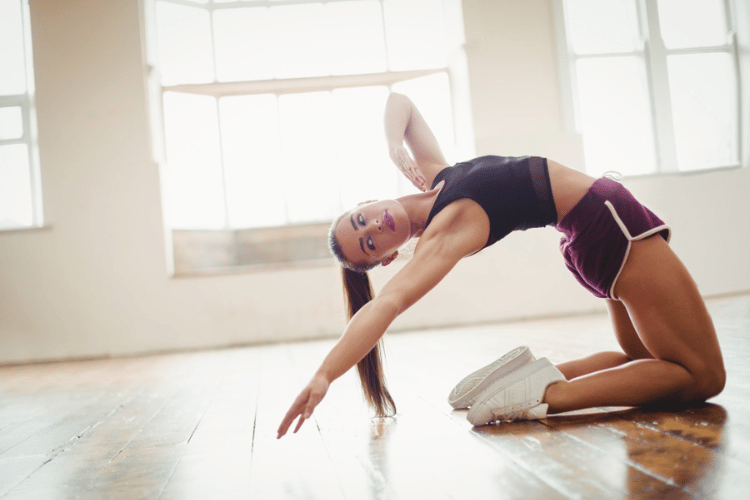
Once the joints have been prepared, it's time to move on to dance-specific movements and dynamic stretching. This phase aims to eliminate muscular tension through mobility exercises. Dynamic stretching promotes flexibility while activating the muscles. The warm-up focuses first on the hips and trunk.
Lift your heels by pressing firmly into the ground, while synchronising the movements of your legs and arms so that they rise together. We recommend you perform this movement for 30 seconds.
Sit with your knees bent at 30°, push your navel forward and then tilt your torso towards the floor. Perform circles to stretch the glutes and piriformis, gradually increasing the amplitude of the movement and bringing the torso closer to the floor with each repetition. We recommend 10 repetitions per side.
To work on shoulder mobility in the supine swimmer's position, start by placing your hands close to your ears and lifting your elbows skywards. Then bend your elbows, rotating your shoulder internally, and bring the back of your hand up to your buttocks before rotating in the opposite direction. Repeat this exercise 5 times.
At Balletto Dance Shop, we offer various accessories to make stretching easier. For example, the massage ball. This allows you to release muscular tension by performing a self-massage. It will improve flexibility and range of movement, and make it easier to massage the arch of the foot.
The massage roller, meanwhile, relieves muscular tension in your legs, hips and back. On the site, you can also discover kits for stretching and making your feet more flexible. This allows you to stretch your feet correctly in different leg positions. It strengthens the whole line of the legs, from the toes to the hips, while promoting the development of the instep. As well as improving flexibility, it makes it easier to get on and stay on pointe, while giving your feet a nice curve.
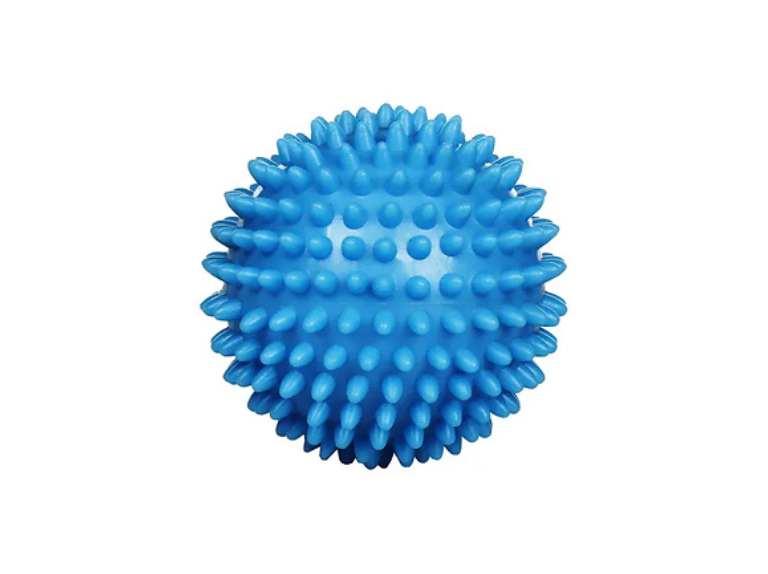
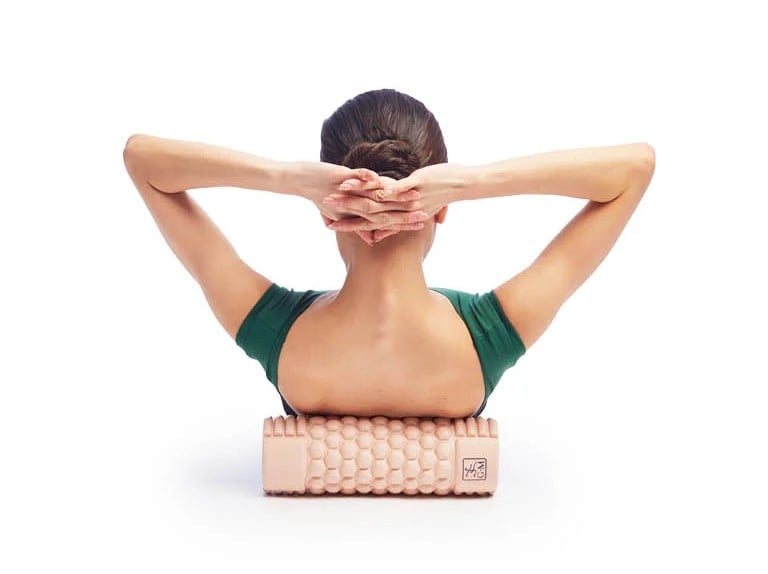
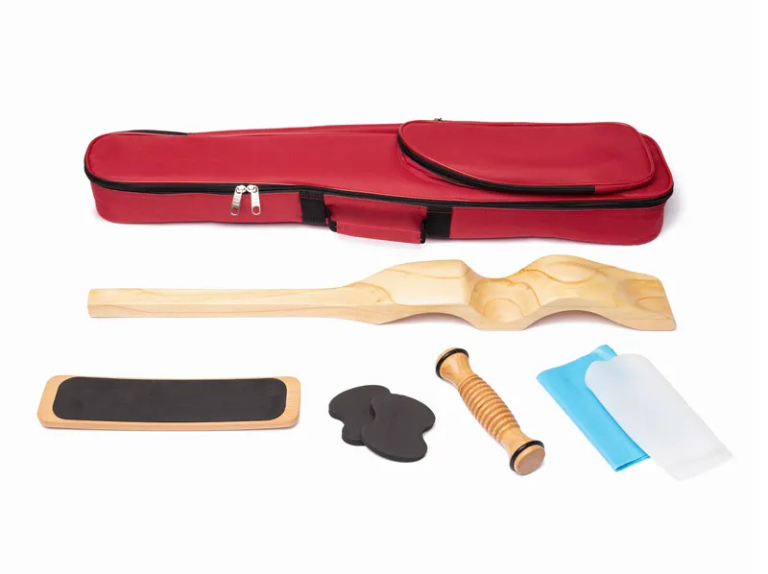
Ideally, the warm-up should last between 10 and 15 minutes. This ensures that the body is sufficiently prepared and avoids injury. It's important to start gently with light exercises, then gradually increase the intensity. Don't forget to drink water during your session to keep hydrated.
In conclusion, the warm-up is an essential step for all dancers, whether amateur or professional. It helps to prepare the body physically and mentally, while preventing injury. By incorporating a variety of exercises and following a few practical tips, every dancer can improve his or her performance.